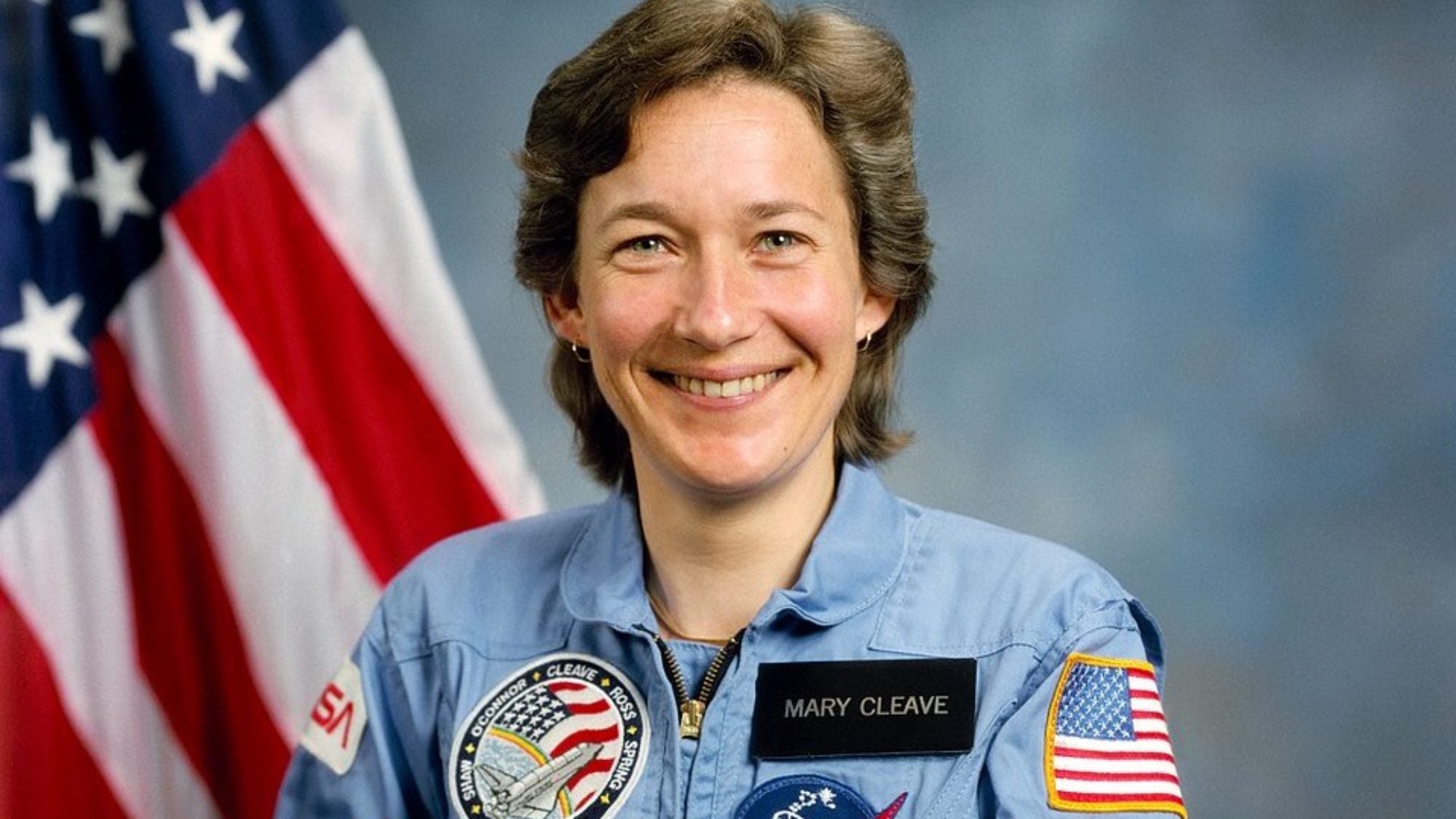
Title: Mary Cleave on Opportunities for Women and Cooperation in Space
On January 18th, former NASA astronaut Mary Cleave joined the Georgetown University Astronomical Society for the annual Heyden Distinguished Lecture Series, to discuss her insights on the role of women and other minorities in STEM. Following the event, GJIA sat down with Dr. Cleave to discuss in experiences with space exploration and international affairs.
GJIA: What initially made you interested in STEM fields?
MC: I had a great high school physics teacher, Dr. Love. All the other teachers hated him because he had us running all over the school, throwing balls out the window. Because of him, I began to really like the laws of physics, because they’re so dependable. I also had a great science teacher in junior high school, Dr. Jenkins. I went to a very good public high school in New York, and I was lucky to have resources and great professors because of that.
For the past 70 years, space exploration has reflected the state of international relations and world affairs. During the Cold War, the U.S. and the U.S.S.R. competed to be first to land on the moon. The International Space Station, on the other hand, reflects the cooperation today of countless countries in the mission of exploring space. Will the recent wave of anti-globalism and nationalism impact this international ecosystem in space?
International cooperation is often financially driven. The instruments needed are expensive, so if an international team comes in with funding and passes the peer review, that team has a real advantage. As a result, most spacecraft have international participation, driven by economics. Additionally, however, I belong to an organization called the Association of Space Explorers, which was started during the Apollo program, and it’s open to anyone that’s gone more than 50 miles off the planet. During the Cold War, astronauts and cosmonauts got together and talked to each other through the Association, and that conversation drove progress. One of the first people to come to the U.S. was Valentina Tereshkova, a Russian astronaut and the first woman to fly in space. I was working for the federal government at the time, so I gave her a tour of the Air and Space Museum, and she was really sweet. When the U.S.S.R. started falling apart, I and some others got an invitation to go over there, and we were hosted by the cosmonauts. International cooperation works essentially because we’re professionals with common backgrounds wanting to talk to each other, compare notes, and benefit from each other’s experience.
What has your experience been as a female in traditionally male-dominated fields, like space and security?
I’m a pre-Title IX female. I started flying when I was 14 and had a pilot’s license before a driver’s license, but at the time, the military was not interested in flying women out. I wanted to be an airline stewardess, but I was too short, so I ended up going to graduate school. As a result of Title IX, however, within 10 years of graduate school I was getting hired to go on space shuttles. Title IX blew the lid off of so many occupations for women, not just in sports, but in other professions as well.
The government shutdown has now lasted for a month, and there’s a lot of news about how this is hurting government workers and immediate government services. What do you think are some effects of this shutdown on organizations such as NASA, whose deliverables are more long-term?
It’s getting so ridiculous now that a lot of good scientists at NASA are realizing they would have made a lot more money working for a university or a private sector company. For example, take Waleed Abdalati, an incredible atmospheric scientist. After an earlier government shutdown, he had an offer from the University of Colorado, and he decided to leave NASA. When I worked at NASA’s headquarters, I had the chance to pull him back into NASA as the Chief Scientist; he did a great job, but then he went back to Colorado.
What was the toughest part of your preparation for space trips, and what was your most exciting experience in space?
We were very busy with training and meetings during flight tests, so that was tough. Our training was well handled, because there’s been a professional flight test business for a long time now. In orbit, I was expecting to have this “aha” moment looking at the Earth, because I was an environmental engineer. I ended up being a flight test engineer on my flight test, however, which meant my job was to identify the navigation stars, so I was given time to dark-adapt my eyes. When I looked out, it was just amazing. You can see so much when you’re outside of the atmosphere, so that was just overwhelming. In that moment, I realized there’s no way we’re alone; there’s just too much going on out there. It was a huge moment for me, but it happened 180 degrees from where I expected it to.
What do you hope students take away from you sharing your experiences?
Pursue what interests you, not what people tell you to. In my stage of life, I run into too many people that say they wish they did this or that, and I think of how lucky I am, because I did everything that I wanted to.
. . .
As one of the first female astronauts, Dr. Mary Cleave participated in two spaceflight missions on Space Shuttle Atlantis, as well as supporting operations on five Space Shuttle flights Before joining NASA, she researched algal ecology at the Ecology Center and the Utah State University Water Research Laboratory. She also served as Associate Administrator for the Science Mission Directorate at NASA Headquarters until 2007. Dr. Cleave holds degrees in Biological Sciences, Microbial Ecology, and Civil and Environmental Engineering from Colorado State University and Utah State University.